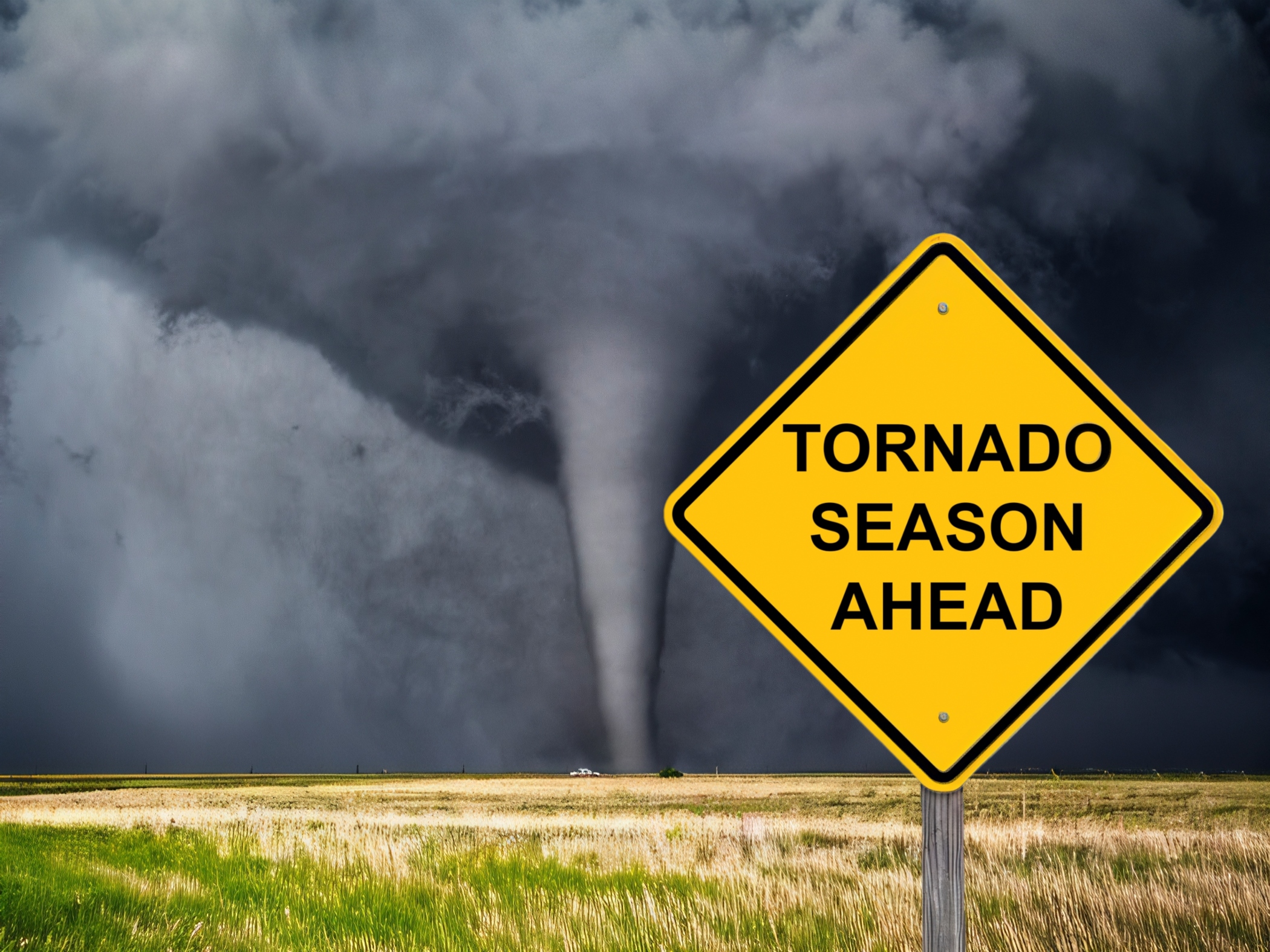Tornado Season: Are You Ready?
More than 1,000 tornadoes occur in the U.S. each year and they cause billions of dollars in damage. Take these steps to protect your home and family.
Published:

Tornadoes can destroy homes, flip cars and send objects flying at a deadly speed. More than 1,000 tornadoes occur in the U.S. each year nationwide, according National Oceanic and Atmospheric Administration and they cause billions of dollars in damage. Tornadoes can happen anytime and anywhere, but their peak season ranges from March to July, depending on your region. Take these steps to protect your home and family.
Getting ready
- Keep supplies in an emergency preparedness kit. Include water bottles, non-perishable food, blankets, first-aid supplies, flashlights and a battery-powered radio.
- Make sure your yard is free of heavy debris that could be tossed around in the wind. Trim trees to prevent limbs from falling on your house.
- Choose a safe area in your home where you and your family can gather if a tornado warning is issued. This area should be located in the basement or a room with no windows and located on the lowest level of your home.
- Conduct routine tornado drills with the entire family so everyone knows where to go and what to do if a tornado is approaching.
- Outdoor sirens are common, but communities have different warning methods. Get to know your community's tornado warning system.
When severe weather hits
- Watch for signs of a tornado: a dark-colored sky, low-lying clouds, large hail or a loud roar.
- Regularly check local news, radio or your mobile device for information about storm watches or warnings in your area.
- If a tornado watch or warming is issued, gather in your safe area with your emergency kit and any other supplies you may need, such as extra food, blankets and so on.
- If you are outdoors or in a vehicle, do not try to outrun a tornado, seek shelter in your home or a building immediately.
- After the storm, stay clear of any damaged trees or fallen power lines. Do not re-enter a damaged building unless you are sure it is safe.
For more information, see Tornadoes from the U.S. Department of Homeland Security.
